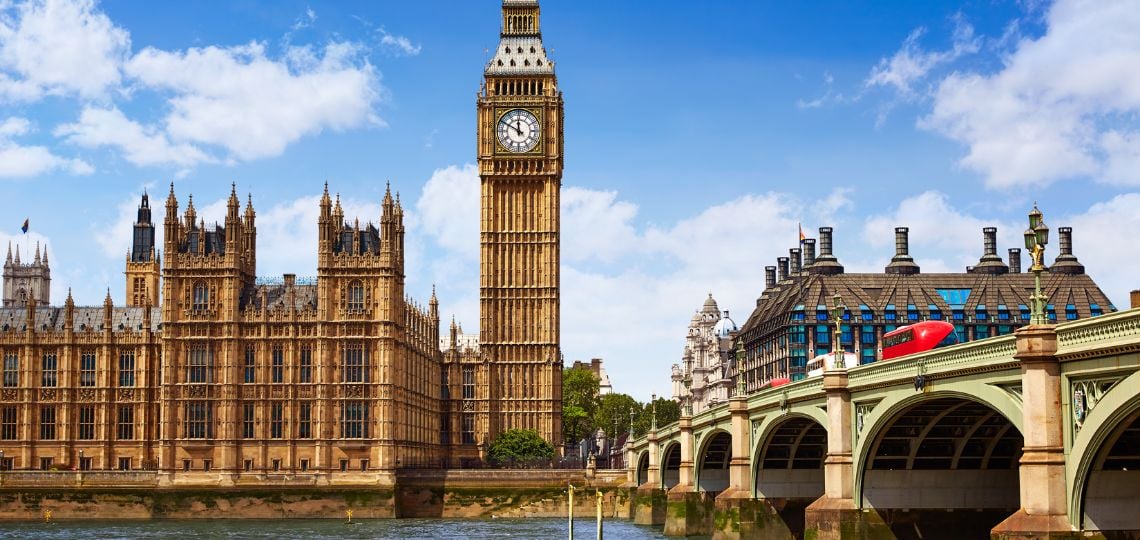The British government has tasked the National Energy System Operator (NESO) with developing a strategic plan to modernize the country’s energy infrastructure by 2050. This project aims to stabilize investments, reduce costs, and accelerate the transition to renewable energy, with a particular focus on offshore wind, energy storage, and hydrogen. It also seeks to reduce grid connection delays, which currently hinder the development of new renewable energy projects.
Context and Objectives
The UK has committed to achieving carbon neutrality by 2050. Modernizing the country’s energy infrastructure is essential to support this goal. Currently, the British electrical grid faces several challenges, including lengthy grid connection delays, which slow the integration of new renewable energy sources. This strategic plan aims to improve the coordination of energy infrastructure and reduce these delays, making the market more attractive for investors.
Main Projects and Innovations
The NESO plan will include several major projects aimed at modernizing the UK’s energy grid. These will focus primarily on offshore wind, energy storage, and hydrogen development, which are seen as pillars of the energy transition.
Offshore Wind
The UK is already a global leader in this sector. The plan foresees a significant increase in offshore wind capacity, with the goal of optimizing grid connections and making this energy more accessible.
Hydrogen
Hydrogen is considered a promising solution for long-term storage. It could play a key role in balancing renewable energy production and energy demand.
Pumped Hydroelectric Storage
This technology, which stores energy by using water reservoirs to generate electricity during high demand periods, will be developed to improve grid stability and offset the intermittency of renewable energy sources.
Benefits for Consumers and the Economy
The NESO plan aims to reduce energy costs for consumers by optimizing the management of existing infrastructure and increasing the share of renewable energy in the energy mix. Better coordination and distribution of projects will also reduce inefficiencies, particularly in terms of grid connection delays. In the long term, increased national renewable energy production should reduce the UK’s dependence on natural gas imports, contributing to more stable energy prices.
Coordination with Other Sectors
In addition to energy, the NESO plan integrates the needs of other sectors such as transportation, water, and essential infrastructure. This coordination is crucial to avoid land-use conflicts and to ensure that new energy projects take environmental and social requirements into account, especially regarding the preservation of ecosystems and protected areas.
Outlook and Challenges
Although the NESO plan presents a clear long-term vision, its implementation will face significant challenges. Initial costs for new infrastructure and the complexity of regulatory reforms are major obstacles. The success of this plan will depend on the ability of stakeholders—local governments, private companies, and communities—to cooperate and align their interests.
By 2050, the UK’s energy infrastructure should be radically transformed, with a complete transition to a system based on renewable energy and storage technologies. The NESO plan will play a central role in this transformation, ensuring both the economic viability and environmental sustainability of this transition.


